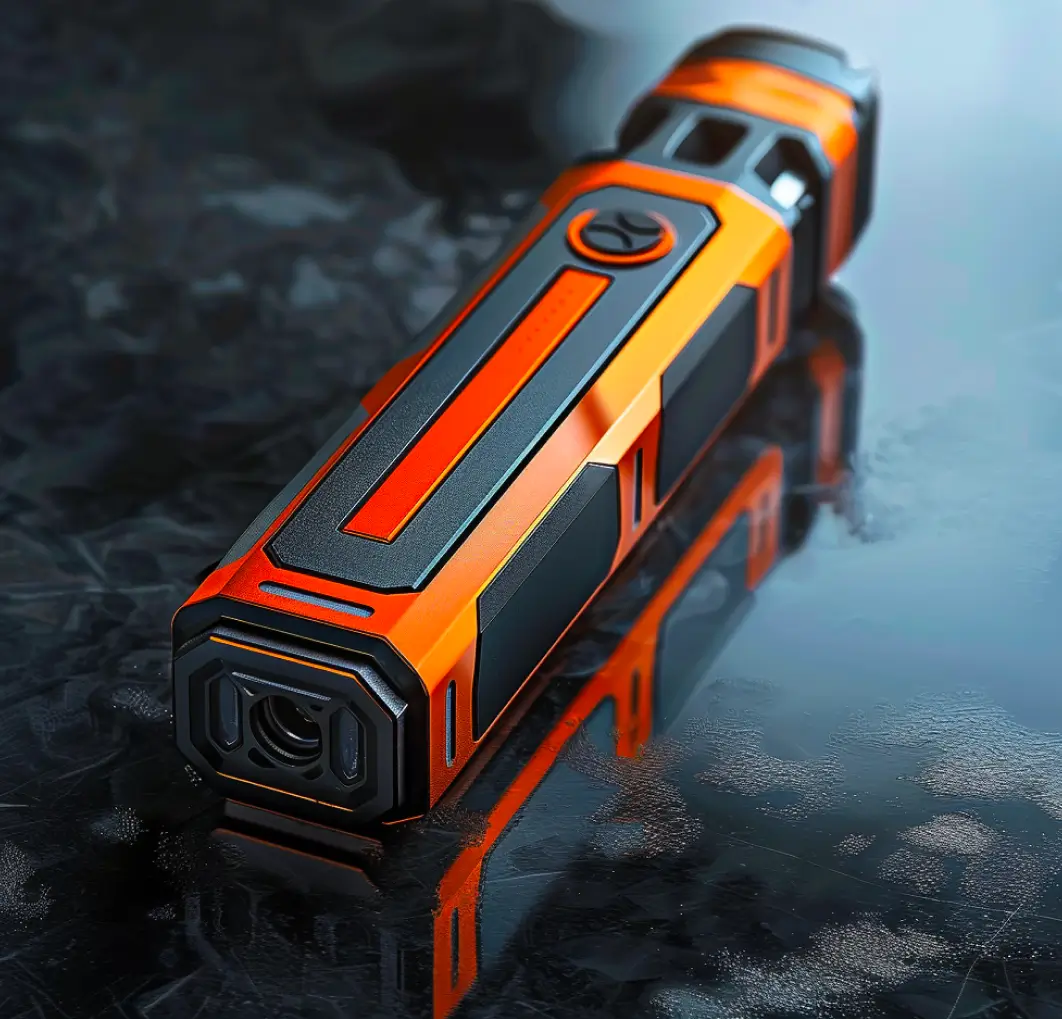Most Americans believe nicotine vaping products caused of the recent vaping-related lung injuries that have killed 60 people and hospitalized more than 2,700 others. According to a recent Morning Consult poll, just 28 percent of the public understands that illicit adulterated THC vape cartridges are responsible for the injuries, and not nicotine products.
The poll, released last week, measured the beliefs of 2,200 adults during the last week of January. Morning Consult did a similar poll last September, just as the lung injury outbreak was beginning to peak. Both polls have a two percent margin of error.
More people believe now that nicotine-containing vaping products caused the lung injuries than did last fall. In September, 58 percent of those polled incorrectly believed that “e-cigarettes such as Juul” were responsible for the injuries. In January the number had grown to 66 percent. And the percentage who correctly blamed THC vaping products declined from 34 to 28 percent.
What changed between last September and late January? The answer is obvious: more people have heard and believed the false messaging from the Centers for Disease Control and Prevention, either directly from the CDC or filtered through uncritical news media reporting of the agency’s findings.
The agency has never been definitive about an additive used in illegal THC cartridges being the only logical lung injury culprit. Vitamin E acetate is a thick, oil-soluble, tasteless, odorless substance that is ideal for diluting cannabis oil. Because black market THC cartridges are never lab-tested for potency, users can’t tell whether the products they’ve bought are 90 percent hash oil or 50 percent—or even less. Unscrupulous cannabis processors doubled or tripled their money by cutting the oil in the carts they shipped to street-level sellers. It would have been perfect except for one thing: inhaling vaporized vitamin E acetate can kill you.
Even before Leafly ran its first story on vitamin E acetate in black market THC oil cartridges—on Aug. 30—there was extensive evidence that the outbreak of lung injuries was being caused by something in black market THC oil cartridges. When the Leafly story appeared, just one person had died and 215 had been hospitalized.
If CDC had chosen at that point to release a bulletin warning all cannabis vapers that they were risking their lives by using illicit THC cartridges, it would have been shared in every newspaper and on every radio and TV broadcast in the country. Word would have gotten out quickly. Instead, the agency engaged in a game of dancing around the truth, and unsuspecting cannabis oil vapers continued to get sick and die for months.
CDC deliberately avoided employing the actual terms used by cannabis oil vapers to describe the products causing the lung injuries. Instead, the health authority misled the public by suggesting in its communications that nicotine vaping products are at least partly responsible—and continues to do so.
Indeed, the agency has gone out of its way to associate the term “e-cigarette” with the outbreak from the very beginning. In its Aug. 30 health alert to medical professionals, CDC used the term “e-cigarette” 45 times, despite there being no hard evidence that nicotine products were responsible for even one of the lung injuries.
When CDC officials decided to give the lung injuries a unique, catchy name, they chose “e-cigarette, or vaping, product use-associated lung injury” (“EVALI”). The creators of the cobbled-together term deliberately placed “e-cigarette” right up at the front of the name. The message was clear: e-cigarettes might kill you.
The term “e-cigarette” is understood by all vapers to refer to nicotine products only. Despite using a similar process to vaporize, cannabis oil and nicotine vaping devices are not interchangeable—and neither are the terms the two kinds of vapers use to describe them.
Cannabis oil vapers never call their products “e-cigarettes.” THC oil vapes are prefilled cartridges containing a gram or less of thick, honey-like cannabis oil. They’re invariably called vape carts, THC cartridges, hash oil carts, vape pens, oil vapes, or some variation on those terms. E-cigarettes are not used to vape cannabis oil.
Effective public health messaging requires using language that will be understood by the target audience. By using "e-cigarettes" to describe THC products, CDC proved it had little concern about the well-being of the cannabis consumers who were the immediate victims of "EVALI." And by advising all vapers to stop using "e-cigarettes," the agency showed it also cared not for the millions of nicotine vapers at risk of returning to combustible cigarettes.
CDC was so disconnected from the real dangers that legal marijuana industry representatives and activists did their best to bypass the federal agency and warn cannabis vapers on their own. Leafly, Merry Jane, and Marijuana Times all published articles warning cannabis oil vapers of the dangers in black market products.
In early October, more than 800 legal cannabis companies and the National Cannabis Industry Association sent a letter to Congress begging for federal cannabis regulation. And faced with inaction from CDC, the California chapter of advocacy group NORML issued its own warning to THC vapers. Even former FDA commissioner Scott Gottlieb has chided CDC for its imprecise language and reckless anti-vaping stance.
In December, as CDC slowly backed away from its warnings that people should avoid all vaping completely, the agency never unambiguously identified the danger as adulterated black market THC carts. CDC has never conducted a clear, understandable information campaign designed to reach the people most at risk. Now 60 people are dead and hundreds or thousands of others will suffer from long-term lung damage.
“The initial panic of vaping-related illness made a big splash, but the updated conclusion has barely made a ripple in the mainstream news cycle,” says Morning Consult’s Sara Wilson. But CDC has never really issued a conclusion or made a serious effort to openly correct the record.
Rather, CDC merely tilted its trough of uncertainty a couple degrees toward the truth and allowed dribs and drabs to spill out. As recently as Jan. 17, the agency was publishing advice from its scientists to avoid all vaping products.
“While the investigation continues,” they wrote, “CDC recommends that the best way for persons to ensure that they are not at risk is to consider refraining from the use of all e-cigarette, or vaping, products.”
We can only assume—after months of evidence—that CDC’s goal all along was to scare as many people away from vaping as possible. The agency used all of its resources and all of its credibility to convince vapers to abandon e-cigarettes. CDC was willing to risk the lives of millions of cannabis users to achieve its goal of a nicotine vaping-free society.
CDC’s deliberate conflation of the two kinds of vaping products has almost certainly led to injuries and deaths from THC vaping that wouldn’t have happened if the agency had chosen instead to employ a clear, unambiguous messaging strategy. Additionally, the confusion has led thousands, or maybe even hundreds of thousands, of nicotine vapers to drop their e-cigarettes and return to combustible tobacco.
Worst of all, there is no telling how many of the nation’s 34 million smokers will now continue to smoke cigarettes rather than switching to vaping, which by all objective measures is far safer. According to CDC, half of long-term cigarette smokers die prematurely—and many more suffer from serious diseases like cancer, heart disease and COPD.
The Morning Consult poll found that an incredible 74 percent of Americans now believe that e-cigarettes are “just as or more harmful than” smoking cigarettes. That number is up more than 50 percent from June 2018, when the polling firm first asked the question.
The people who believe vaping is as bad as smoking—or worse—include not just smokers themselves, but friends and family members who will now urge and nag their loved ones to avoid vaping. And they will do it because they believe the message of the nation’s public health protector: CDC.
The Freemax REXA PRO and REXA SMART are highly advanced pod vapes, offering seemingly endless features, beautiful touchscreens, and new DUOMAX pods.
The OXVA XLIM Pro 2 DNA is powered by a custom-made Evolv DNA chipset, offering a Replay function and dry hit protection. Read our review to find out more.
The SKE Bar is a 2 mL replaceable pod vape with a 500 mAh battery, a 1.2-ohm mesh coil, and 35 flavors to choose from in 2% nicotine.
Because of declining cigarette sales, state governments in the U.S. and countries around the world are looking to vapor products as a new source of tax revenue.
The legal age to buy e-cigarettes and other vaping products varies around the world. The United States recently changed the legal minimum sales age to 21.
A list of vaping product flavor bans and online sales bans in the United States, and sales and possession bans in other countries.



















